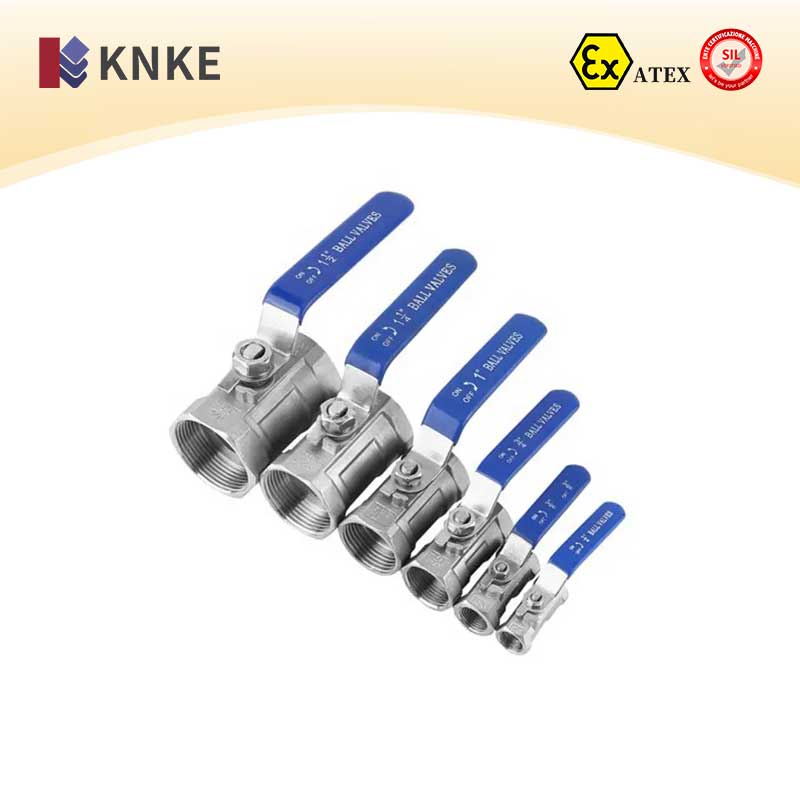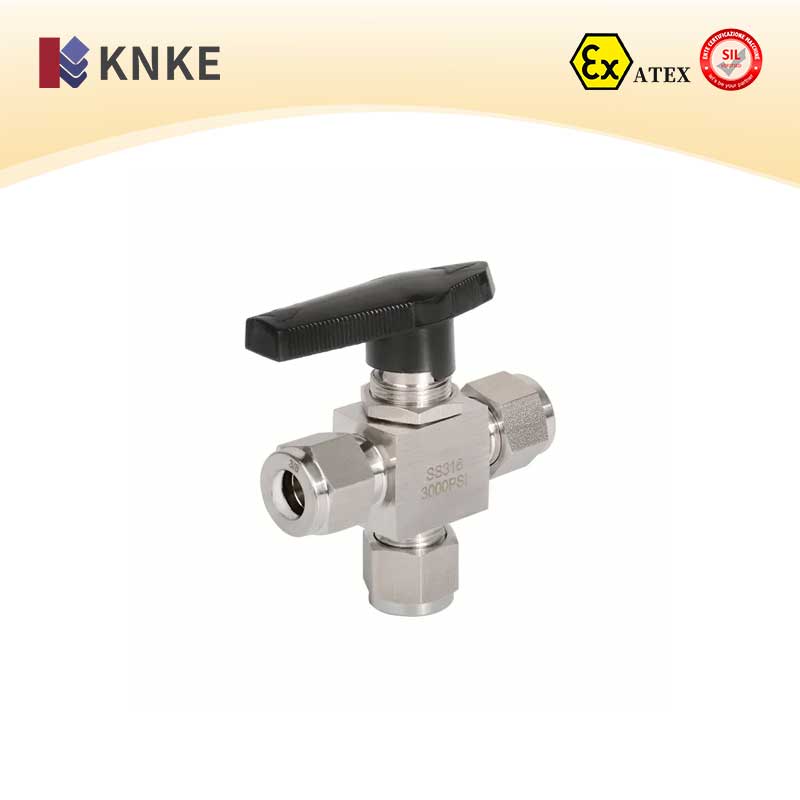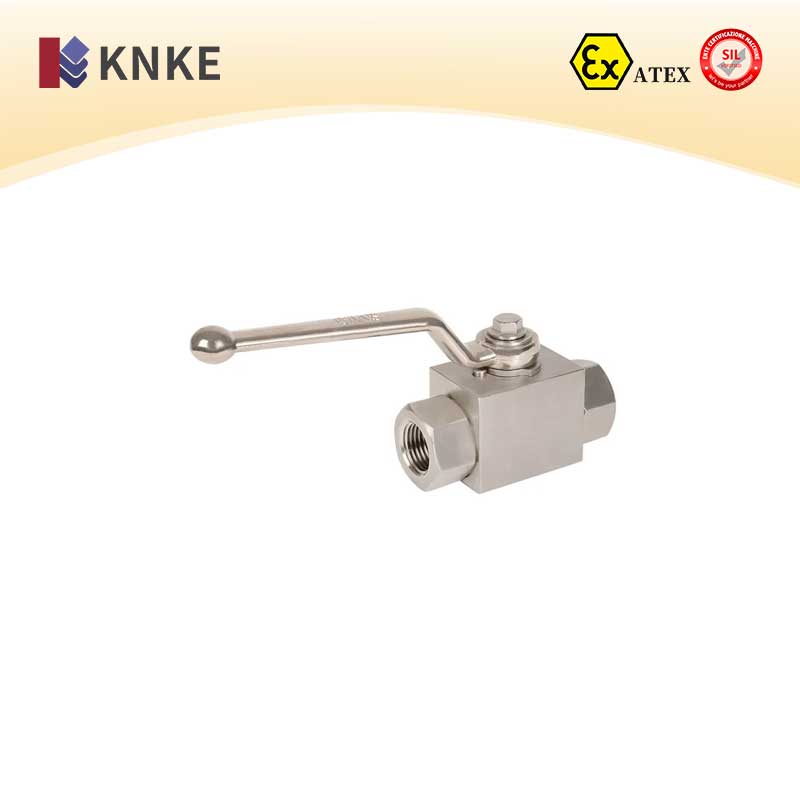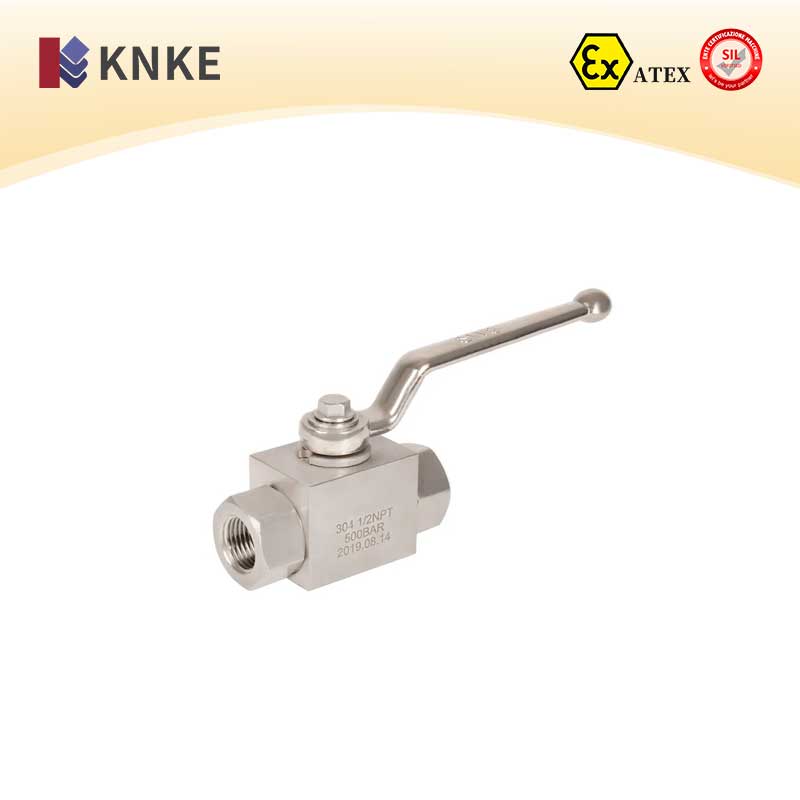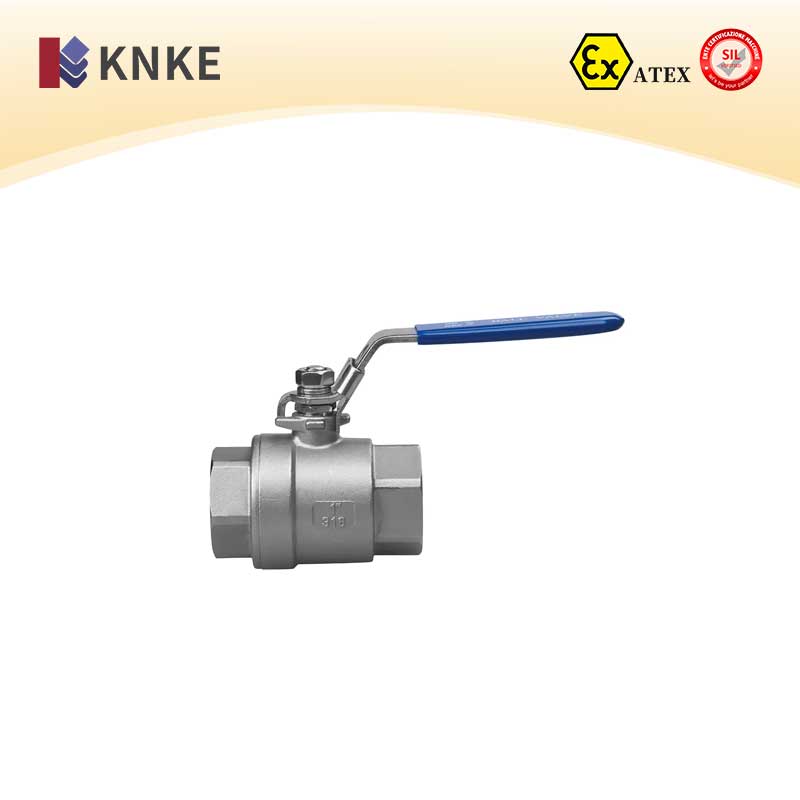Description
Overview of KNKE Integrated Ball Valve
The KNKE Integrated Ball Valve is specifically designed for high-temperature environments, ensuring durability and reliable performance. It features a high-strength carbon graphite seal, offering a lifespan 3-5 times longer than typical valves. This valve performs well at temperatures exceeding 300°C. It’s suitable for various media, including water steam, oils, heat transfer fluids, and acids.
This valve upgrades traditional steam valves. The design guarantees high reliability, and the seal enhances resilience, lubricity, and resistance to high temperatures. It is commonly used in petroleum, chemical, and steam pipe applications.
Key Features of KNKE Integrated Ball Valve
- Efficient Operation: The valve uses a ball element as a switch. By rotating the ball, it opens or closes the pipeline quickly and reliably. The simple design ensures ease of use and fast operation.
- Superior Sealing and Corrosion Resistance: The valve seat is made from PTFE or other high-performance materials. These materials ensure excellent sealing and corrosion resistance. Even in extreme conditions, the valve maintains stable sealing and protects the pipeline.
- Wide Application Range: This valve works with many fluid media, including water, gases, oils, acids, and alkalis. It fits a variety of industries, including oil, chemicals, food, and pharmaceuticals. It can also be customized to meet specific needs.
- High Cost Efficiency: Compared to other valves, the KNKE Integrated Ball Valve is more affordable. It lasts longer and requires less maintenance, saving businesses on operational costs.
Technical Specifications
| Model | Nominal Pressure | Strength Test Pressure | Seal Test Pressure | Applicable Temperature | Applicable Media |
| NK41M/F-16P | 1.6 MPa | 2.4 MPa | 1.8 MPa | -28°C to +300°C | Heat transfer oils, water, steam, gases, oils, nitric acid, and acetic acid |
| NK41M/F-25P | 2.5 MPa | 3.8 MPa | 2.8 MPa | -28°C to +350°C | Heat transfer oils, water, steam, gases, oils, nitric acid, and acetic acid |
Materials of Major Components
| Component Name | Material |
| Valve Body | Ductile cast iron, carbon steel, cast stainless steel |
| Seal Ring | High-strength, wear-resistant carbon graphite (M/F: ≤300°C; PPN: ≤350°C) |
| Ball | Stainless steel |
| Packing | PTFE |
| Packing Gland | QT450-10 Ductile Cast Iron |
| Valve Stem | Carbon steel, stainless steel |
| Handle | Carbon steel |
Advantages of KNKE Integrated Ball Valve
- Longer Service Life: The carbon graphite seal significantly extends the valve’s lifespan, providing up to 3-5 times the service life of typical valves.
- Heat Resistance: The valve withstands temperatures up to 350°C, making it ideal for high-temperature applications.
- Improved Sealing: The PTFE or high-polymer seal ensures a reliable, leak-free performance, even under extreme conditions.
- High Flexibility: The valve works with many fluids, including steam, acids, oils, and gases. It is ideal for a wide range of industries such as oil, chemical, and pharmaceutical sectors.
- Cost-Effective: The integrated design lowers manufacturing costs, while the valve’s long lifespan and low maintenance keep operational costs down.
Working Principle of the Integrated Ball Valve
The KNKE Integrated Ball Valve operates by rotating the ball element to control fluid flow. The handle turns the valve stem, which rotates the ball to open or close the flow passage. This simple yet effective design makes it ideal for controlling media flow, especially in steam systems.

